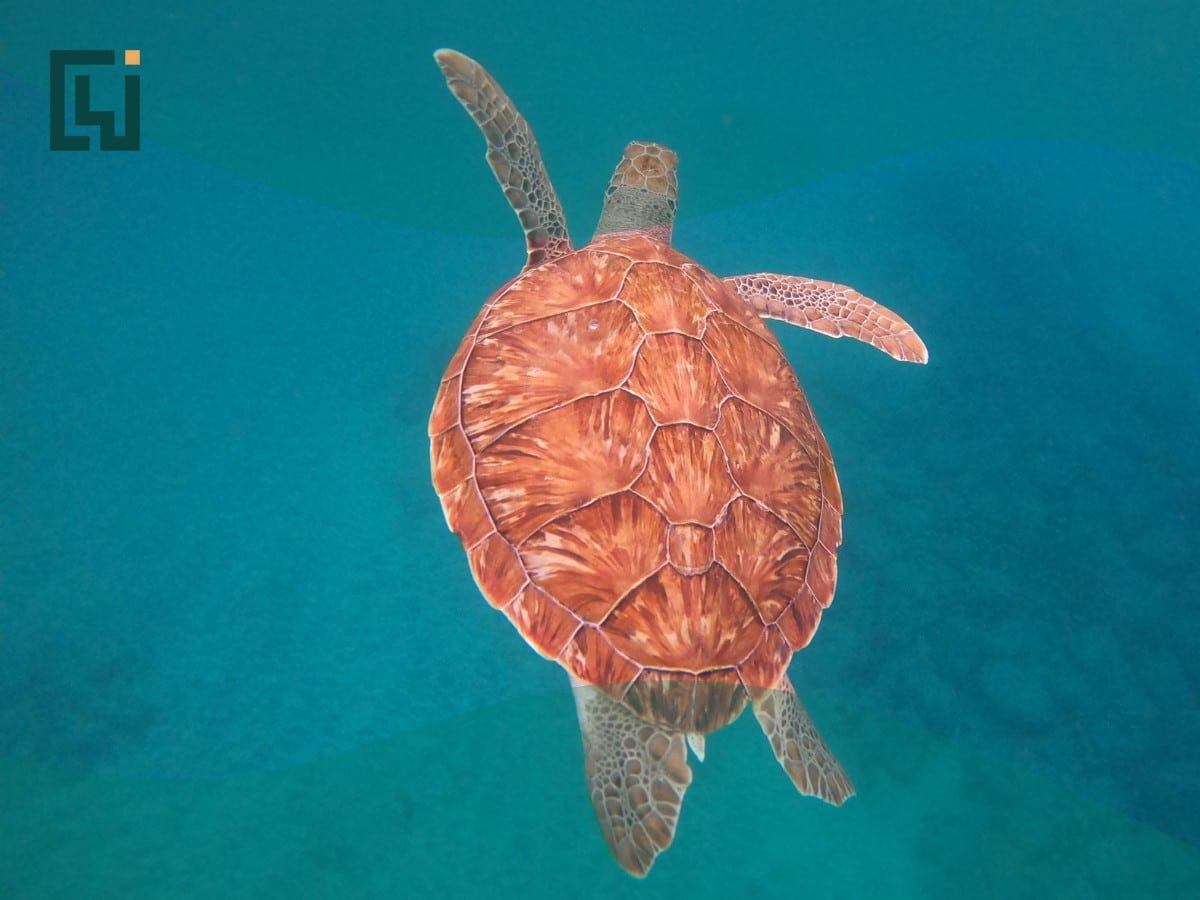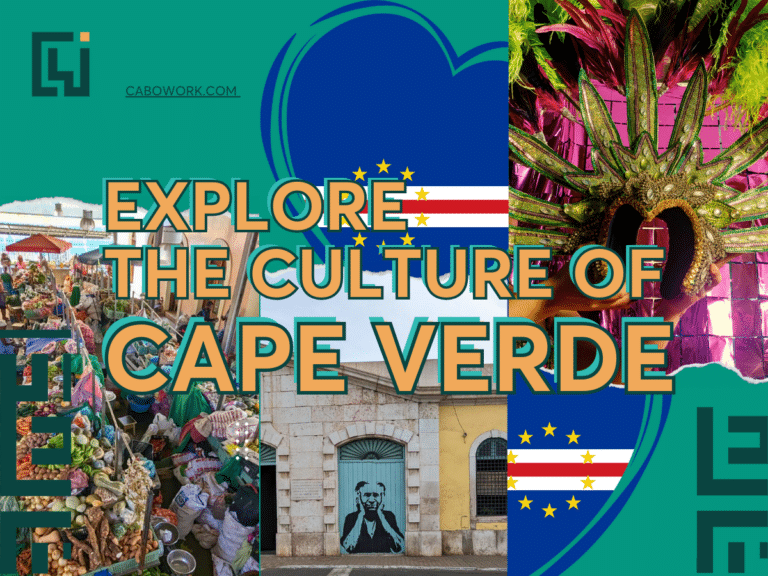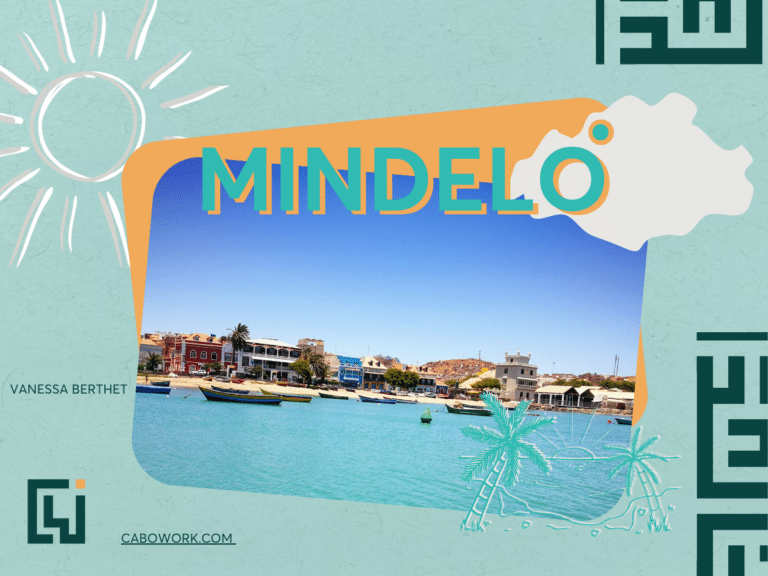Turtles 101 & The Turtles of Cape Verde
Whether you watched Finding Nemo as a kid, or enjoy listening to the soft tones of David Attenborough and his fantastic ocean documentaries, we’re sure you love sea turtles just as much as we do. But did you know that there are only 7 species of sea turtles?
Unfortunately, sea turtles have historically been hunted for their meat, shells and for being particularly easy to capture on land. Climate change has also played a big part in the declining populations of sea turtles, as rising temperatures affect the temperature of the sand where turtles lay their eggs, which directly impacts the sex of the turtles which are born.
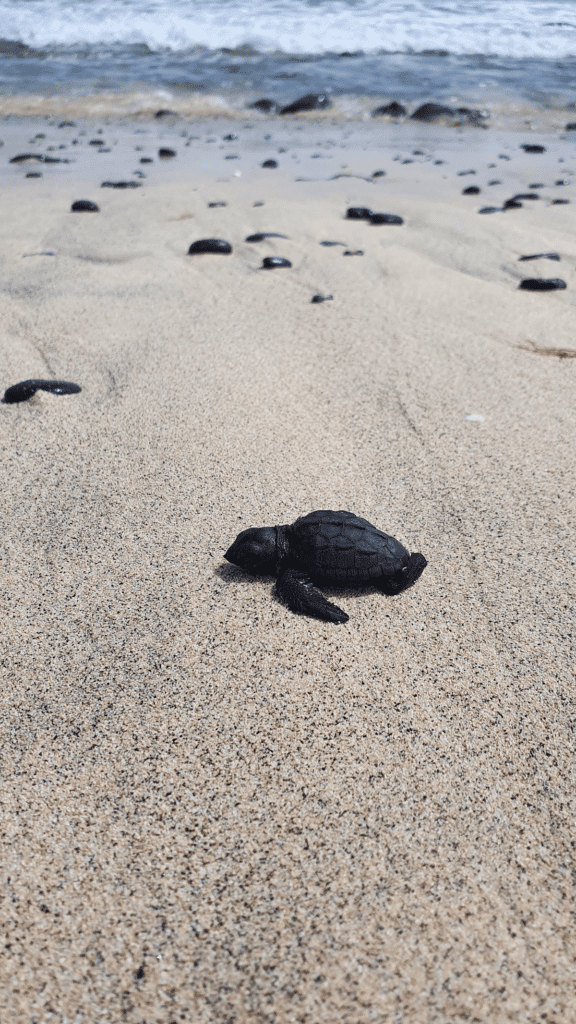
Today, the majority of sea turtle species are classed as endangered, with 3 of the seven classed as critically endangered. With poaching continuing to be an issue throughout the world, NGOs and conservation projects are vital in helping turtle populations bounce back and flourish.
One country that has witnessed first-hand the benefits of marine conservation is none other than Cape Verde, but before we dive into the efforts of local and international volunteers, let’s learn a little bit about the islands and their history with the beautiful sea turtles.
Just where is Cape Verde?
With its gorgeous beaches, fantastic food, and no-stress way of life, Cape Verde is the perfect destination for travellers of all ages. For those who love adventure, there are fantastic locations for activities such as windsurfing or hiking. For those who want a relaxed trip with no hassle, then spending time at the beach or on a full-day island tour is a perfect option. When you’d like to visit the different islands, it’s simple to hop on a ferry or a plane to explore the other options out there.
But where can you find Cape Verde? Well, it’s a lot closer than you might think. The islands are located approximately 400 miles off the coast of West Africa, with direct flights from Europe, lasting four to seven hours.
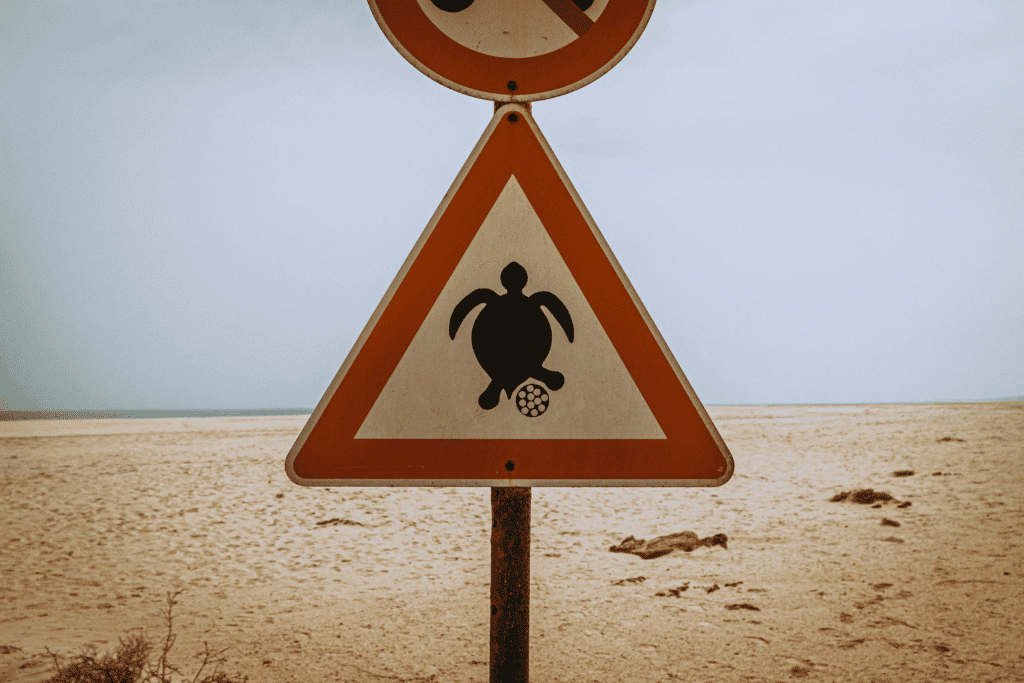
History of turtles in Cape Verde
Like in many other countries, for centuries turtles were seen as an accessible food source, with Cape Verde being no exception. However, as the economy has grown and international awareness about the plight of sea turtles has become widespread, NGOs have intensified their efforts to protect the turtles.
Today, these NGOs patrol hundreds of kilometres of coastline in their efforts to cut down on poaching, as well as threats posed by other animals and fishing gear. Thanks to their efforts in protecting nesting turtles, the turtle populations of Cape Verde are bouncing back.
What species of sea turtle can be found in Cape Verde?
Cape Verde is home to 5 of the 7 species of sea turtles found across the world. The warm beaches and calm ocean tides make for the perfect nesting habitat. Arguably the most famous species of sea turtle to be found in Cape Verde is the loggerhead turtle; Cape Verde boasts the third largest nesting site for this species, just behind Oman and Florida.
#Fun Fact: Did you know that loggerhead sea turtles can live for up to 80 years or more?
Aside from the loggerhead sea turtle (Caretta caretta), the four other turtle species include:
- Green turtles (Chelonia mydas)
- Leatherback turtles (Dermochelys coriacea)
- Hawksbill turtles (Eretmochelys imbricata)
- Olive Ridley turtles (Lepidochelys olivacea)
While these four species of turtles do not regularly nest on the islands, they do frequent the waters of Cape Verde and form an important part of the marine ecosystems found there. All five species of turtle are officially protected under the laws of Cape Verde – however numerous threats to these graceful animals are still present.
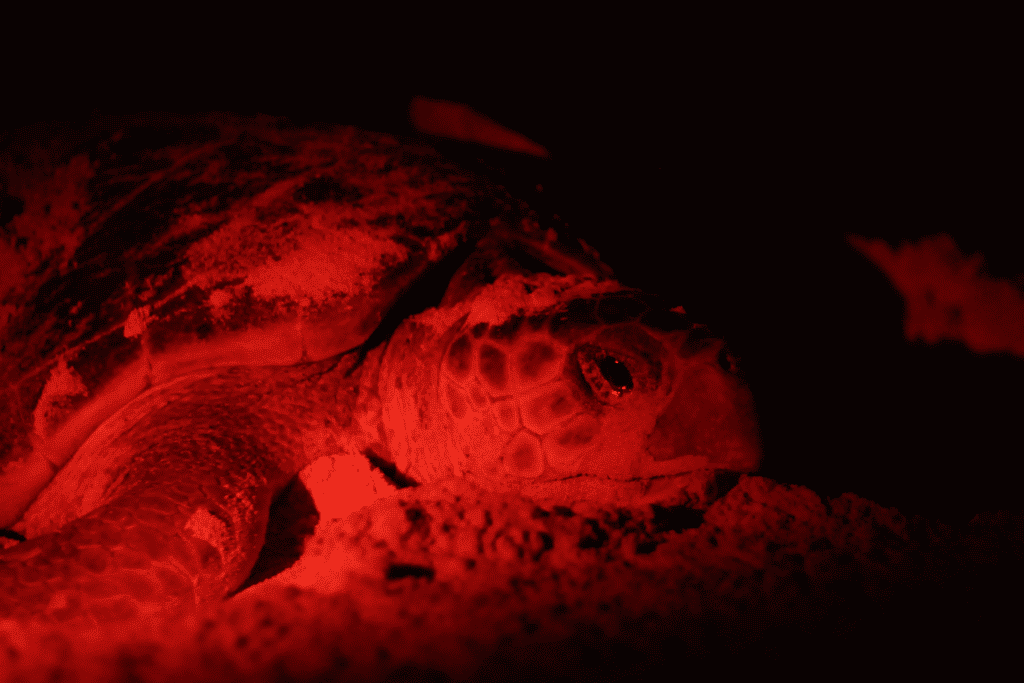
Where can the turtles of Cape Verde be found?
The turtles of Cape Verde nest routinely in particular locations, with the most popular islands that nesting females visit being the three eastern islands of Sal, Boa Vista, and Maio. These islands provide the perfect conditions for their young to hatch.
Ervatão beach, on the south-eastern side of Boa Vista island, is the most popular loggerhead nesting site in Cape Verde. Every year, over 3,000 sea turtles emerge by the light of the moon to dig their nests and lay their eggs.
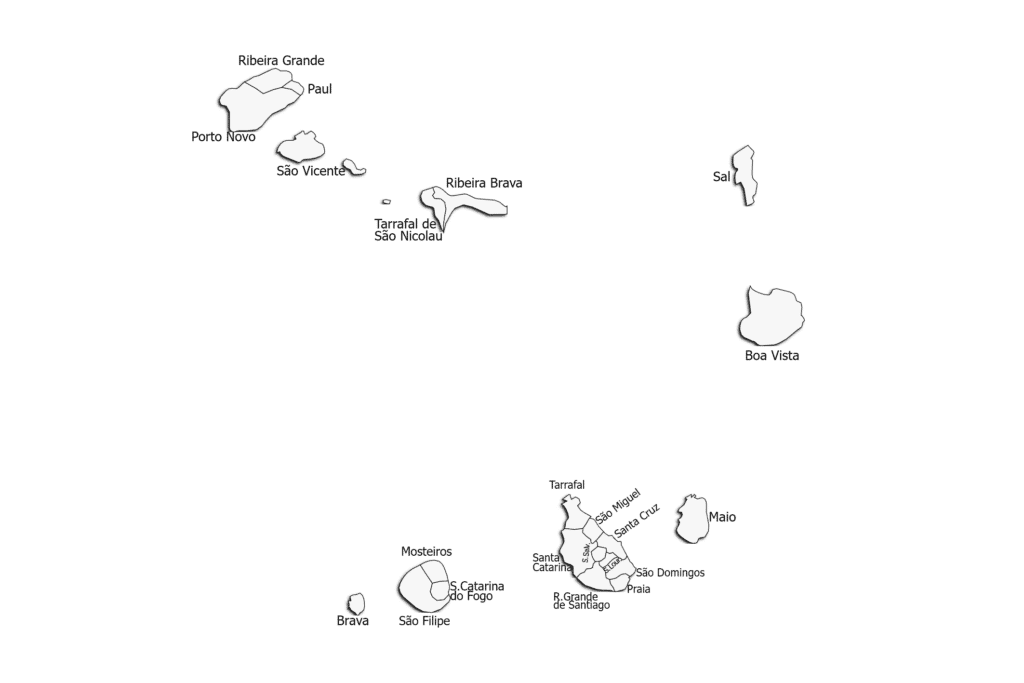
The best time to see the turtles
Nesting season for loggerhead sea turtles in Cape Verde is between July and October, with August being the main month for seeing the turtles nest for yourself. On average, female turtles will make 3 to 5 repeat trips to the beach, with 10 to 15-day intervals between each trip. Every time, she will build a new nest and lay up to 100 eggs.
Guided tours will take place during the evening/night when turtle activity is at its highest. If you are planning a trip over the turtle hatching season, then taking a tour is a must.
Cape Verde’s conservation efforts
Thanks to ongoing sea turtle conservation efforts from the NGOs of Cape Verde, loggerhead sea turtle populations are on the rise. From regularly patrolling nesting beaches to working closely with the police to apprehend poachers, more loggerhead hatchlings are successfully making their first journey to the sea.
According to Project Biodiversity, one of Cape Verde’s leading NGOs protecting turtle nesting sites and providing education about turtle conservation, there were over 35000 turtle nests recorded on Sal in 2020 alone – approximately 5 nests per turtle. This marks a whopping 450% increase over their findings in 2019, where just 7726 nests were recorded during the nesting season.
You can read Project Biodiversity’s 2020 annual report here to learn more.
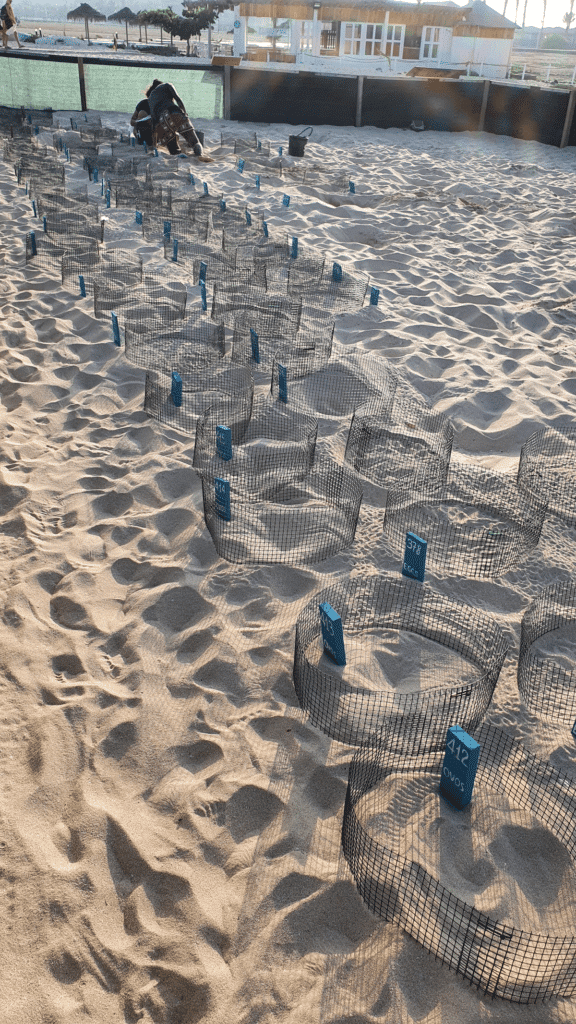
How you can help
There are quite a few ways you can do your part to help turtle populations continue to flourish in Cape Verde. One way is to observe environmentally friendly practices while you are there, such as minimising waste and correctly disposing of litter.
Another way in which you can help the local turtle populations is by going on a guided tour provided by a local conservation expert. Local guides have spent years working and patrolling these beaches, and understand the best time and locations to find nesting sea turtles. When you would like to get up close and personal with these majestic creatures, without disturbing them or causing them harm, we highly recommend taking a guided tour from an accredited conservation agency.
Finally, many NGOs accept donations or allow you to adopt a turtle, where proceeds will go towards funding future conservation efforts. This can be a great way of giving back, knowing that your money is going to a good cause.
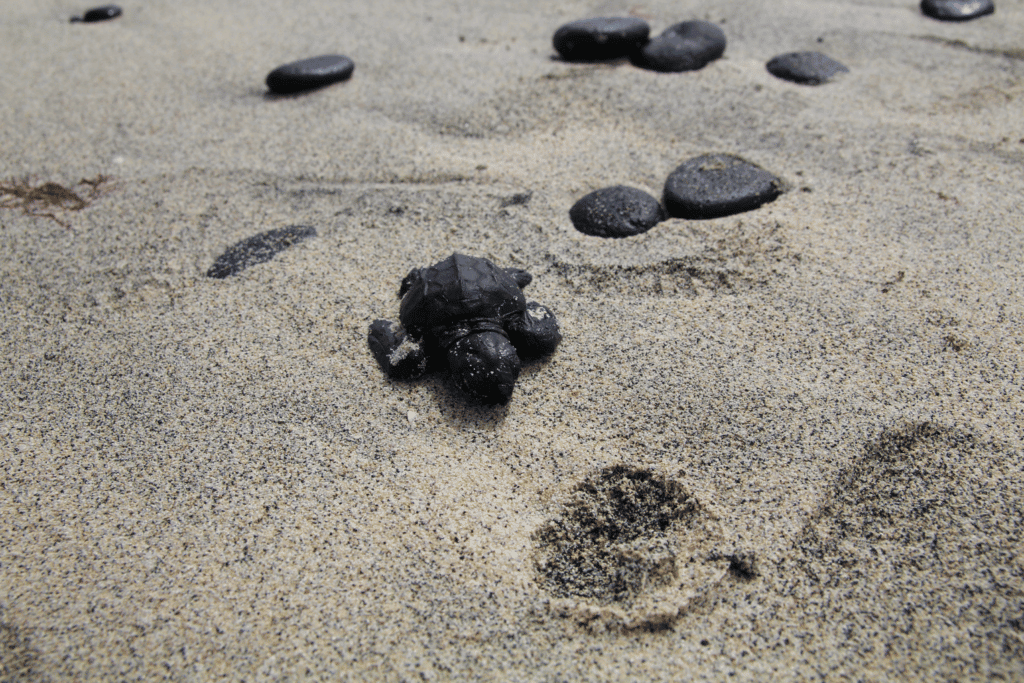
Working as a volunteer
Do you want to gain an insider-perspective on turtle conservation in Cape Verde? Becoming a volunteer is just the way to do so! The duration of the program varies depending on the organisation you volunteer with, however they usually average at around 4 weeks, or one month.
During this time, you will spend your days working closely with other volunteers and really getting to know Cape Verdean culture. By day, you’ll engage in activities such as volleyball, football, or even just relaxing by the sea. Come nighttime, and the work to protect and monitor the turtles begins.
From evening patrols to tracking turtles and their nests, the volunteering work is incredibly rewarding and will certainly result in some magical moments. You’ll have a good time working alongside locals and internationals while also doing something good for the environment.
